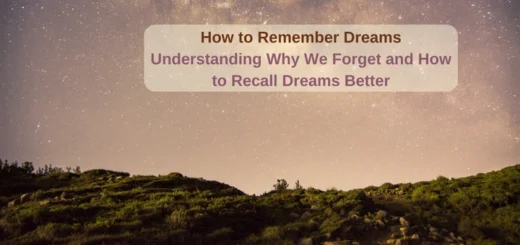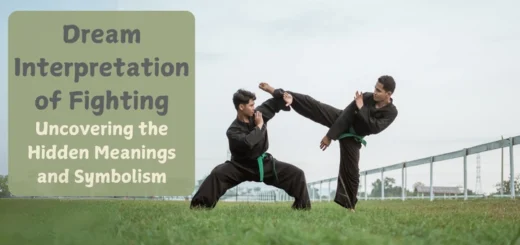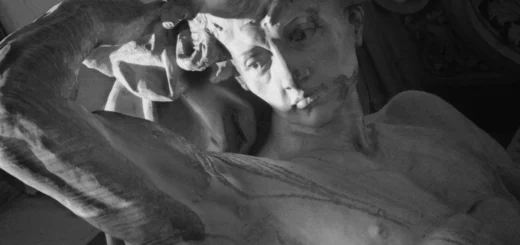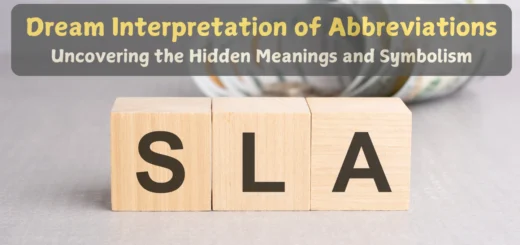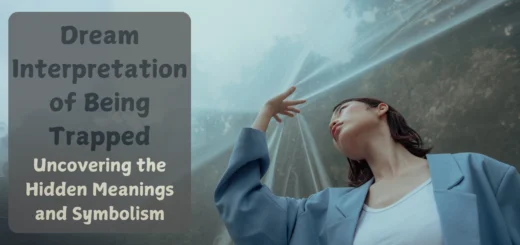Lucid Dreams: A Complete Guide to Mastering Your Dreams
Have you ever realized you were dreaming while still inside a dream? That’s the extraordinary phenomenon known as lucid dreaming. Whether you’re curious about its meaning, looking for techniques to induce it, or wondering if it’s safe, this guide will answer all your questions.

What Are Lucid Dreams?
A lucid dream occurs when you become aware that you are dreaming while still in the dream state. This awareness allows you to take control of the dream’s narrative, environment, or your actions. Psychologists define lucid dreaming as a hybrid state of consciousness, blending elements of wakefulness and REM sleep.
Vivid Dreams vs. Lucid Dreams
Vivid dreams feel real but lack the awareness that you’re dreaming. In contrast, lucid dreams allow you to recognize the dream state and interact with it consciously.
Is Lucid Dreaming Real?
Yes, lucid dreaming is a scientifically proven phenomenon. Studies using EEG and MRI scans show distinct brain activity during lucid dreams. Famous experiments like those conducted by Dr. Stephen LaBerge demonstrate that dreamers can communicate with researchers through eye movements while dreaming.
The History of Lucid Dreaming
Lucid dreaming is not a modern discovery; its origins trace back thousands of years. Ancient cultures recognized the power of dreams and practiced techniques to control them:
- Hindu and Buddhist Traditions: Practices like Yoga Nidra and Tibetan Dream Yoga were designed to induce and harness the power of lucid dreaming for spiritual growth.
- Aristotle’s Observations: The ancient Greek philosopher Aristotle documented early accounts of self-awareness within dreams in his writings.
- Medieval Islamic Scholars: Thinkers like Ibn Sirin explored dream meanings and hinted at lucid dreaming as a tool for self-awareness.
Common Mistakes When Trying to Lucid Dream
Learning to lucid dream takes patience, and certain mistakes can slow your progress. Here’s what to avoid:
- Skipping Dream Journaling: Without documenting your dreams, it’s hard to identify patterns or triggers.
- Inconsistent Practice: Techniques like reality testing require regular practice to yield results.
- Overloading the Mind: Trying too many techniques at once can overwhelm you. Focus on mastering one method at a time.
- Ignoring Sleep Hygiene: Poor sleep quality makes it harder to reach the REM phase, which is crucial for lucid dreaming.
Lucid Dreaming in Popular Culture
Lucid dreaming has captured the imagination of storytellers, filmmakers, and musicians. Here are some notable examples:
- Inception (2010): This blockbuster film explored the concept of shared lucid dreams and subconscious manipulation.
- “Lucid Dreams” by Juice WRLD: The hit song highlights the emotional impact of vivid dreaming.
- The Sandman (Netflix Series): Dreams and their influence on reality are a central theme in this popular series.
How to Stay in a Lucid Dream Longer
Once you achieve lucidity, the next challenge is maintaining it. Try these tips to extend your lucid dream:
- Spin Technique: If the dream begins to fade, spin around within the dream to stabilize it.
- Engage Your Senses: Focus on dream elements like textures, sounds, or smells to ground yourself in the dream.
- Stay Calm: Excitement can wake you up. Take deep breaths to remain composed.
Lucid Dreaming Apps and Tools
Modern technology offers tools to assist with lucid dreaming. These apps can enhance your dream awareness and practice:
- Dream Journal Apps: Use apps like DreamKeeper or Lucidity to log your dreams easily.
- Reality Check Reminders: Apps like Awoken send reminders to perform reality checks throughout the day.
- Sleep Trackers: Devices like Fitbit or apps like Sleep Cycle can monitor your sleep patterns and help identify REM phases.
How to Lucid Dream: Techniques for Beginners
If you want to start lucid dreaming tonight, these techniques can help:
- Reality Testing: Regularly ask yourself, “Am I dreaming?” and look for inconsistencies in your surroundings (e.g., clocks, text, or mirrors).
- Dream Journaling: Write down your dreams each morning to improve dream recall and recognize recurring patterns.
- MILD Technique: The Mnemonic Induction of Lucid Dreams involves repeating a phrase like “I will realize I’m dreaming” before sleep.
- WILD Technique: Wake-Induced Lucid Dreaming involves transitioning directly from wakefulness to a lucid dream by maintaining awareness as you fall asleep.
- Wake Back to Bed (WBTB): Wake up after 5–6 hours of sleep, stay awake for 15–30 minutes, then return to bed with the intention of lucid dreaming.
Is Lucid Dreaming Dangerous?
Lucid dreaming is generally safe. However, frequent lucid dreamers may experience fatigue or confusion between dream and reality, a phenomenon known as “dream-reality confusion.” Some people associate lucid dreams with sleep paralysis, but the two are separate phenomena.
Lucid Dreaming and Sleep Paralysis
Sleep paralysis can sometimes lead to lucid dreaming, as both occur during REM sleep. If you experience sleep paralysis, staying calm and focusing on entering a dream can transition you into a lucid state.
Benefits of Lucid Dreaming
Lucid dreaming offers various benefits, including:
- Overcoming Nightmares: Consciously changing the narrative of a distressing dream.
- Improved Creativity: Exploring your imagination in an unrestricted dreamscape.
- Enhanced Problem Solving: Using dreams to tackle challenges or make decisions.
- Spiritual Growth: Deepening self-awareness and exploring altered states of consciousness.
Lucid Dreaming Techniques: Advanced Methods
If you’re ready to go beyond the basics, try these advanced methods:
- Meditation: Practice mindfulness and focus on your intention to lucid dream.
- Supplements: Substances like melatonin or galantamine may enhance dream vividness and awareness (consult a healthcare professional).
- Dream Incubation: Visualize a specific scenario before bed to influence your dream content.
The Science Behind Lucid Dreaming
Lucid dreaming has fascinated scientists and psychologists for decades. Studies reveal how this unique state of consciousness bridges the gap between REM sleep and wakefulness:
- Brain Activity: EEG studies show increased gamma wave activity during lucid dreams, particularly in the prefrontal cortex, which is associated with self-awareness.
- Communication in Dreams: Researchers have successfully communicated with lucid dreamers through eye movements, a groundbreaking discovery in dream research.
- Neuroplasticity: Lucid dreaming may help enhance neural pathways, making it a potential tool for learning and mental training.
Lucid Dreaming and Mental Health
Lucid dreaming can impact mental health positively and negatively:
- Therapeutic Uses: Techniques like dream rehearsal therapy use lucid dreaming to help individuals overcome recurring nightmares, especially those associated with PTSD.
- Stress Relief: The ability to control and reshape dreams can provide a sense of empowerment and reduce stress levels.
- Potential Downsides: Excessive lucid dreaming may blur the lines between dreams and reality, leading to dream-reality confusion.
Famous Experiments in Lucid Dreaming
Lucid dreaming has been the subject of fascinating experiments throughout history. Here are a few highlights:
- Stephen LaBerge’s Research: Dr. LaBerge pioneered methods to study lucid dreams scientifically, using eye signals from participants to confirm lucidity.
- Dreamlight Device: A tool developed to trigger lucid dreaming by detecting REM sleep and flashing light cues.
- Two-Way Communication Studies: Recent experiments showed that dreamers could answer simple questions posed by researchers while still dreaming.
How to Use Lucid Dreaming in Real Life
Lucid dreaming isn’t just about fun and exploration—it can have practical applications in your waking life:
- Skill Improvement: Athletes and performers have used lucid dreaming to practice and perfect their techniques in a risk-free environment.
- Creative Problem-Solving: Dreaming can help unlock innovative solutions to real-world challenges.
- Emotional Healing: Facing fears and resolving emotional conflicts in a dream state can lead to greater mental clarity and peace.
Lucid Dreams and Spirituality
For centuries, lucid dreaming has been linked to spiritual practices and mystical experiences:
- Tibetan Dream Yoga: A meditative practice aimed at achieving enlightenment through dream awareness.
- Shamanic Traditions: Indigenous cultures use dream states to communicate with the spirit world and gain insight.
- Modern Spiritual Practices: Many people use lucid dreams as a form of introspection, exploring the depths of their subconscious.
Frequently Asked Questions
What Causes Lucid Dreams?
Lucid dreams are typically triggered by a heightened awareness of your surroundings or the use of induction techniques like reality checks.
How Long Do Lucid Dreams Last?
The duration of lucid dreams can vary, typically lasting a few minutes to half an hour in real-time.
Can Anyone Learn to Lucid Dream?
Yes, with practice and persistence, almost anyone can learn to lucid dream.
Are Lucid Dreams a Sign of Mental Health Issues?
No, lucid dreaming is a normal phenomenon and is not linked to mental health disorders.
Conclusion
Lucid dreaming is an incredible tool for self-discovery, creativity, and personal growth. Whether you’re just starting or looking to refine your skills, the possibilities within your dreams are limitless. Ready to take control of your dreams tonight?
